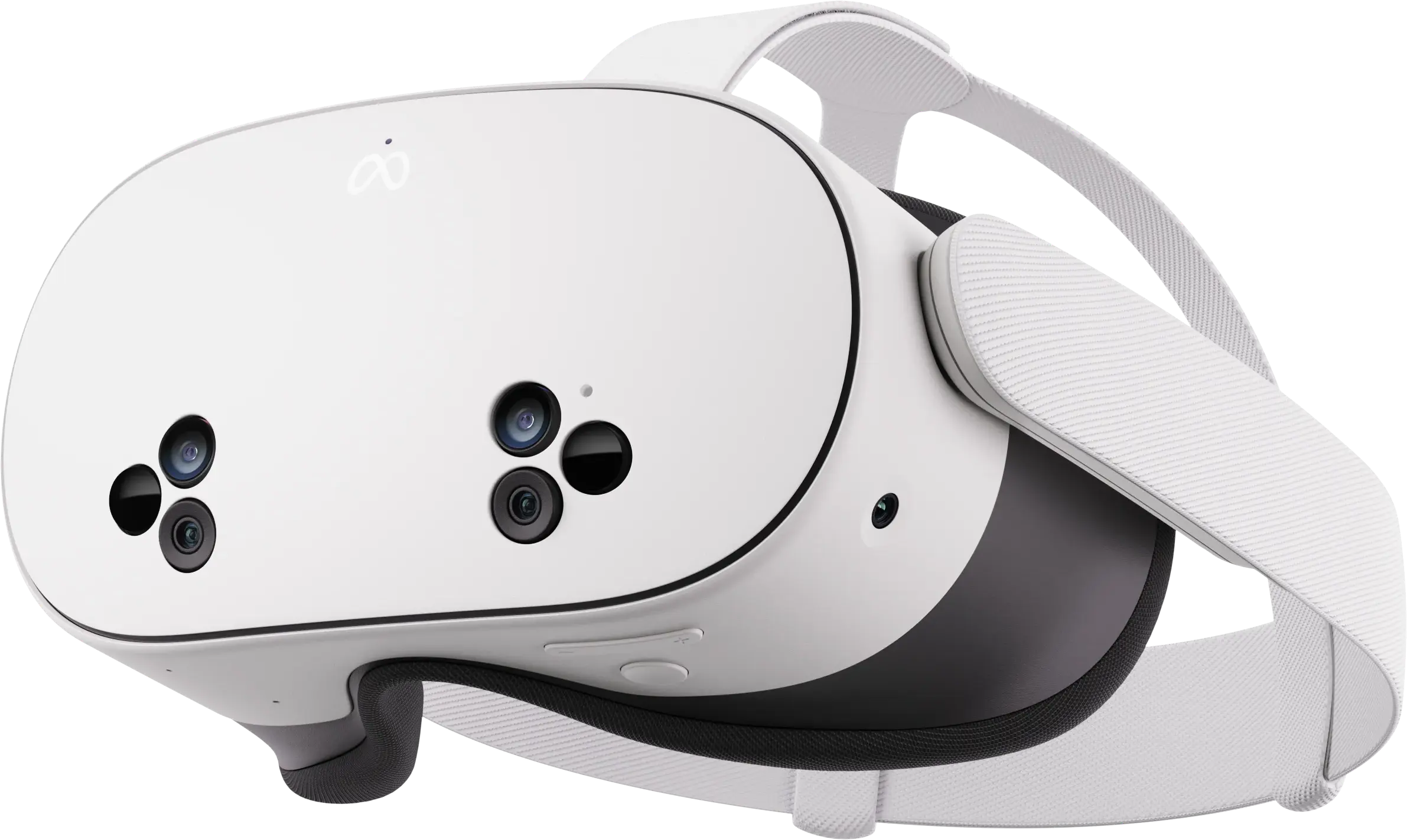The persistent underrepresentation of certain demographic groups in STEM fields remains a significant challenge in higher education. Recent data shows Black students earn just 7% of bachelor’s degrees in mathematics, while Hispanic students account for 12%. Women continue to be substantially underrepresented in computer science and engineering programs. These disparities often originate in introductory mathematics courses, which serve as unintentional gatekeepers, filtering out many students before they can experience the applied aspects of STEM disciplines. Emerging research suggests virtual reality (VR) technology may offer innovative solutions to these systemic challenges.
VR’s potential extends beyond its immersive capabilities to specifically address barriers faced by students from marginalized backgrounds. Traditional lecture-based instruction often fails to accommodate the complex challenges these students encounter, including stereotype threat, varying levels of academic preparation, and the psychological impact of being part of a minority in STEM classrooms. The impersonal nature of large lectures and high-stakes examinations tends to amplify rather than mitigate these challenges.
VR learning environments create several distinct advantages:
- Psychological Safety: The private nature of VR headsets eliminates social comparison and reduces performance anxiety, allowing students to focus on learning rather than social pressures.
- Adaptive Remediation: VR systems can detect areas of difficulty and provide targeted support without requiring students to publicly acknowledge their struggles, avoiding the stigma associated with traditional remedial approaches.
- Professional Socialization: Carefully designed simulations can expose students to professional STEM environments and practices, helping to bridge cultural capital gaps that often disadvantage first-generation and minority students.
Early implementations of VR in mathematics education show promising results. At institutions testing these technologies, preliminary data indicates reductions in performance gaps between students from different educational backgrounds. Perhaps more significantly, participating students report substantially increased feelings of belonging in STEM fields – a factor research shows to be strongly predictive of persistence in STEM majors.
The technology also helps democratize access to high-quality educational experiences that have traditionally been concentrated at well-resourced institutions. VR can simulate small-group learning and hands-on laboratory experiences at scale, making these benefits available to students at institutions with fewer physical resources or to those balancing academic work with other obligations.
The potential applications extend beyond higher education. Many promising K-12 students from underrepresented groups lose interest in STEM during middle school, often due to limited exposure to the field’s applied aspects. VR experiences could help maintain engagement by providing authentic glimpses into STEM careers and applications.
However, several important considerations must guide VR implementation:
- Design Inclusivity: VR content must be carefully developed to avoid reinforcing existing biases, with attention to avatar design, problem contexts, and cultural relevance.
- Accessibility: Institutions must ensure VR implementations don’t create new digital divides through prohibitive hardware requirements or technical support needs.
- Integration: Effective use requires thoughtful incorporation into existing curricula rather than treating VR as a standalone solution.
The most significant potential of VR in STEM education lies not in simply improving individual student outcomes, but in transforming educational systems to be more inclusive by design. By removing artificial barriers created by traditional instructional methods, we may begin to see a more accurate representation of mathematical talent across all demographic groups.
Looking forward, the focus should be on creating learning environments that allow all students to discover and develop their STEM abilities without confronting unnecessary structural obstacles. While VR cannot replace dedicated instructors or broader institutional reforms, it represents a promising tool for making STEM education more equitable. Early results suggest we may be witnessing not just a change in how mathematics is taught, but the beginning of a more inclusive foundation for developing future generations of scientists, engineers, and innovators.
The challenge now lies in scaling these innovations thoughtfully while maintaining their equity-focused design principles. As the technology becomes more accessible and implementation strategies more refined, VR could play an increasingly important role in creating STEM education systems that truly serve all students.



